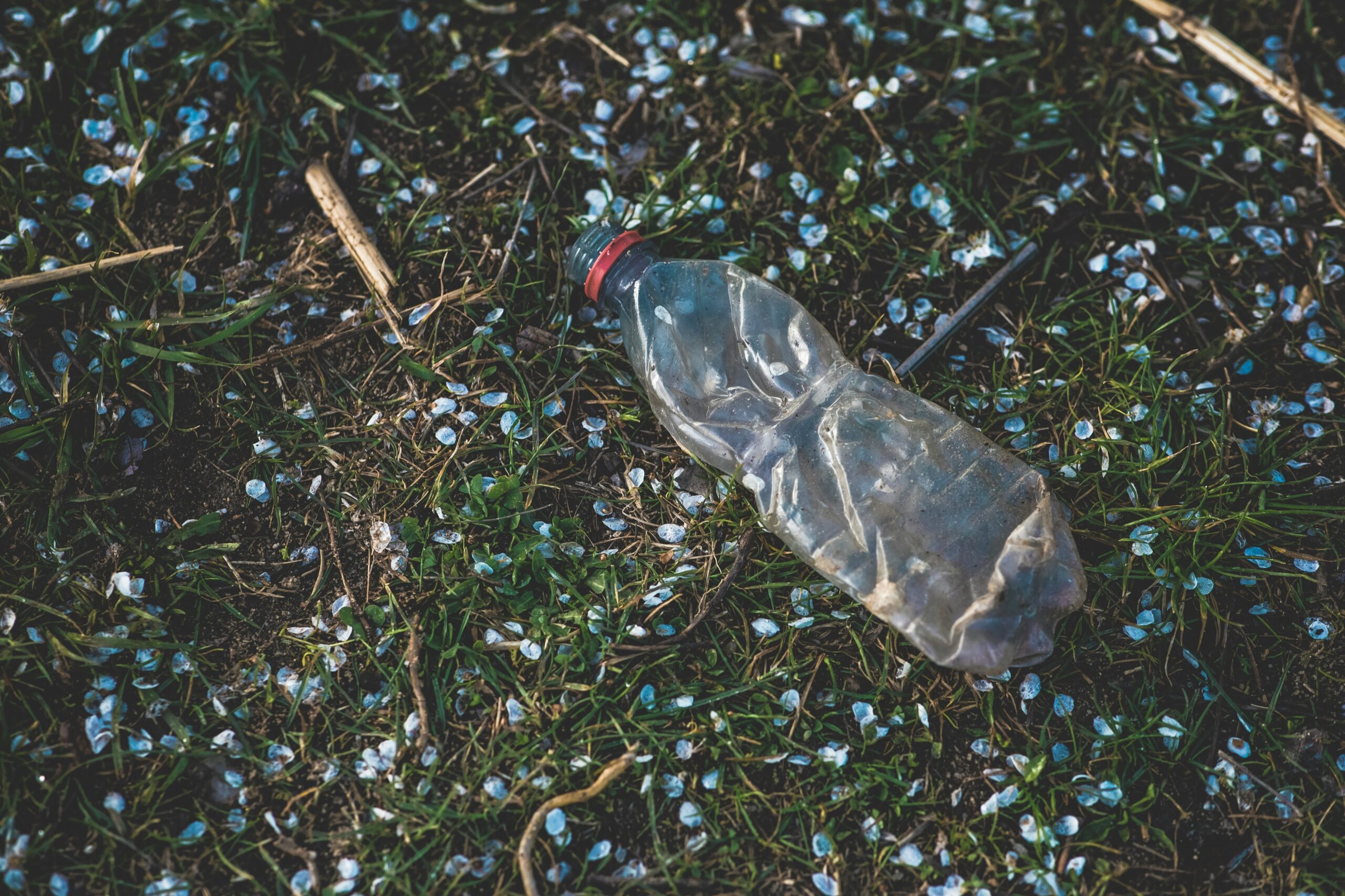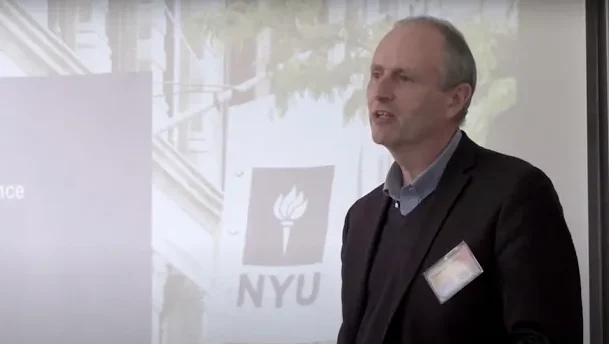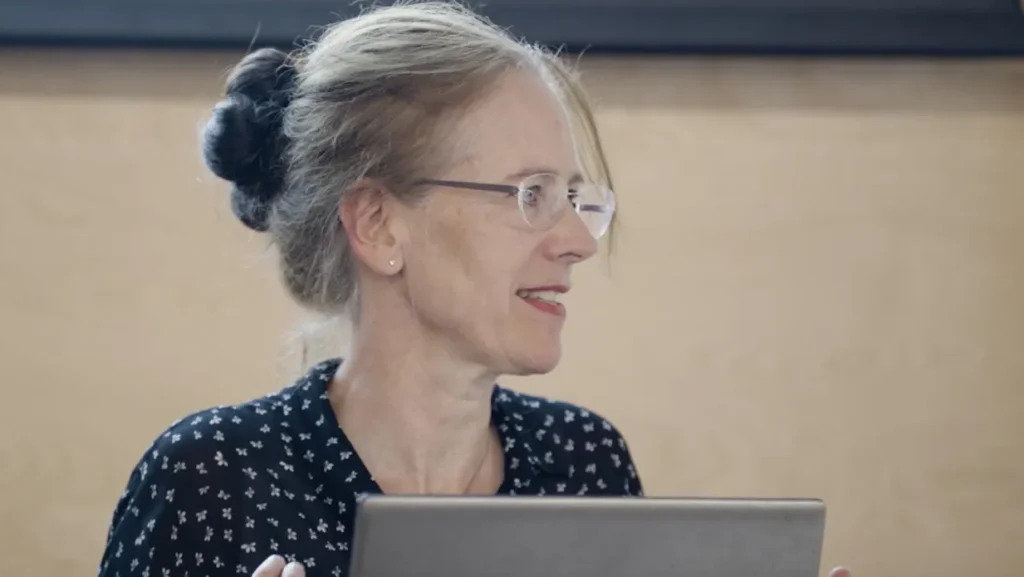Plastic-based products have become ubiquitous in less than a century, spreading across ecosystems and urban spaces due to their durability and slow degradation. This widespread presence has made plastic one of the most persistent environmental pollutants. Of particular concern is marine plastic pollution, which has gained significant attention in recent years.
Marine pollution, especially plastic litter, impacts global and local economies, environmental health, biodiversity, and the climate. The sources of oceanic plastic waste range from coastal to inland areas, where poor waste management allows litter to flow through rivers and streams into the sea. Studies estimate that up to 80% of oceanic plastic pollution originates from inland sources, highlighting the need to address waste management in urban and riverine environments.
Recent research has focused on tracking plastic litter using technology such as satellite imagery and machine learning to analyze riverine litter hotspots. These studies reinforce the critical role rivers play in transporting inland plastic waste to the oceans. However, the dynamic nature of litter density and movement in rivers makes it challenging to accurately track and predict its pathways.
Urban planning and design, particularly space syntax, a technique of understanding people’s movement in space, can improve understanding of litter flow in cities. By analyzing factors like street connectivity, population density, and waste infrastructure placement, models can be refined to predict how litter moves through urban spaces and into rivers. Connectivity analysis of pedestrian movement and infrastructure can further help predict litter accumulation patterns.
Incorporating citizen science has been crucial in tracking plastic pollution and understanding its pathways. Public involvement not only enhances data collection but fosters environmental awareness and community action. This collaborative approach aligns with our recent study, which investigated the life cycle of plastic litter on land and its movement into London’s River Thames. By gathering data on plastic usage, disposal, and management along the Thames, we aim to develop targeted interventions that can effectively reduce plastic pollution in both urban areas and aquatic ecosystems.This citizen science research project investigated the life cycle of plastic litter on land and pathways of plastic pollution into London’s River Thames. Data was collected on plastic usage, disposal, and management along the Thames to inform interventions to reduce plastic pollution in the environment.
The health and well-being of urban populations are intricately linked to environmental quality, with pollution serving as a significant determinant of public health outcomes. In urban areas like London, plastic pollution presents a growing threat that affects not only ecosystems but also human health and community well-being. A recent study conducted by the Zoological Society of London (ZSL) in collaboration with the Port of London Authority (PLA) sheds light on the prevalence of plastic litter and its pathways into the River Thames, offering vital insights into the broader implications of pollution on urban health.
Between November 2021 and June 2022, this ZSL-led project utilized a citizen science approach to investigate the lifecycle of plastic litter within London. The study aimed to understand how plastic waste is managed and mismanaged, as well as to map the pathways through which plastic enters the River Thames. This research is critical as it highlights the interplay between socioeconomic factors, waste management practices, and environmental health outcomes.
Project Outcomes:
Using the data obtained from this project, the project team developed a summary of key findings and evidence-based recommendations. This summary was shared with 20 organizations, including local authorities, waste management, Business Improvement Districts, local councils, individual members of the local community, and more. After the funding for this project came to an end in June 2022, the research team will continue to share the project findings and recommendations with new contacts and existing stakeholders (including members of the Thames Litter Forum) via a range of formats and platforms, including events and conferences.
A monitoring and evaluation framework was also developed during this project, which can serve as a template for replicating data collection in other areas along the Thames in London. This will enable further identification of litter hotspots and changes in mismanaged areas to be monitored over time. Throughout the project cycle, communications outputs (with a focus on social media) were used to drive uptake on the Marine Debris Tracker App, reaching more than 15,000 individuals. The project was also profiled in the December 2021 issue of the PLA’s Living Thames publication.
The Marine Debris Tracker App will continue to be promoted beyond the funded period of this project via ZSL’s social networks, through the Thames Litter Forum, during relevant presentations and conferences, and elsewhere where appropriate. Increased use of the App (alongside the Thames Litter Map) will contribute to an increased understanding of the distribution, and quantity of land-based litter in London and support with identifying litter hotspots across the city. A communications strategy was developed to promote the project and increase awareness and use of the Marine Debris Tracker app. Throughout the project cycle, six social media posts were published across on the ZSL Marine Facebook and Instagram accounts, reaching a combined following of 15,000 individuals. The social posts received significant engagement from our following, with more than 30 interactions.
Our citizen science recruitment strategy was designed to tackle a lack of diversity within the conservation sector by addressing barriers faced by representatives from marginalized communities. The three Research Assistant positions were primarily ring-fenced for individuals from ethnically diverse backgrounds and those who had not previously worked in the conservation sector. The funding obtained through this project enabled us to pay a basic salary (London Living Wage), and recruit individuals that may not otherwise have applied for the role. The project benefited significantly by recruiting in this way, and successfully recruited three individuals from professionally and ethnically diverse backgrounds, who all provided complementary skills, strengths, and experiences within the subject area. At the end of the project cycle, we sought to understand the project team’s experience and perception(s) of the conservation sector, alongside the recruitment process and delivery of this project by facilitating a reflexive, feedback session around diversity and inclusion. This process enabled us to gather learnings that can be shared to inform more diverse and inclusive recruitment strategies for existing and future conservation projects.
Plastic Health Risks
Plastic litter poses immediate physical hazards, particularly in densely populated urban areas. Sharp plastic fragments can cause injuries, while larger debris can lead to accidents or obstruct pedestrian pathways. Furthermore, when plastic waste enters waterways, it can become a navigational hazard for recreational and commercial vessels, increasing the risk of accidents and associated injuries.
Additionally, plastics often contain harmful additives, such as phthalates and bisphenol A (BPA), which can leach into the environment and enter the human body through ingestion, inhalation, or skin contact. These chemicals are linked to various health issues, including endocrine disruption, reproductive harm, and increased cancer risk. As plastics degrade, they break down into microplastics, which can be ingested by aquatic organisms and enter the food chain, posing further risks to human health.
Plastic debris can serve as a substrate for harmful microorganisms, including bacteria and viruses, which can proliferate and spread disease. The accumulation of litter in stormwater drains and along waterways creates breeding grounds for pests such as mosquitoes and rats, which are vectors for diseases like West Nile Virus and leptospirosis. Addressing plastic pollution is thus crucial to controlling these biological health threats.
Beyond direct health impacts, plastic pollution has broader implications for environmental quality and social well-being. Littered environments can degrade the aesthetic value of public spaces, reducing their usability and enjoyment for residents and visitors. This degradation can diminish community pride and lower overall quality of life, particularly in areas already struggling with socio-economic challenges.
The presence of plastic litter in urban landscapes also reflects broader systemic issues related to inequality and access to resources. Communities with limited access to waste management services and sustainable products may face greater environmental health burdens, perpetuating cycles of disadvantage and marginalization. Addressing these inequities is essential for promoting social justice and fostering resilient, healthy communities.
Methods
The methods used during this project were adapted from the 2019 National Geographic’s Sea to Source expedition, and amended after technical input and guidance from Surshti Patel and Heather Koldewey who were members of the 2019 expedition.
During March and April 2022, the ZSL team, including in-kind technical input from Surshti Patel and Shauna Jordan, designed and finalized the methods to be implemented across London to understand mismanaged, land-based plastic litter and map pathways into the Thames. These methods included: litter and waste management transects, store count surveys, and informal semi-structured interviews with store staff, local communities, and waste management services.
Fieldwork included 27 x 100m litter transects; identification and characterization of public waste, recycling bins and stormwater drains in 27 sampling areas; product assessments (single-use plastic water bottles and non-plastic sustainable alternatives) of 68 stores across the three boroughs; 53 key interviews with store staff and individuals within the local community.
In parallel to the method development, data collection sheets used for recording information during the relevant surveys and/or transects were designed, tested, and finalized to ensure robust, consistent, and replicable sampling (appendix 2, 3 & 4). In addition, the methods and data collection sheets where piloted by the research team in Camden during April 2022.
Between April and May 2022, the project team, including three Research Assistants recruited specifically for this project, with in-kind guidance and technical support from ZSL staff, conducted fieldwork across three London boroughs (Tower Hamlets, Wandsworth, and Hammersmith and Fulham).
The study focused on three London boroughs: Tower Hamlets, Wandsworth, and Hammersmith and Fulham. These areas were chosen due to their high population densities, Thames-side locations, existing data on pollution from previous studies, and existing data on tidal pollution available via the Thames Bottle Monitoring program – a collaboration between ZSL and Thames21.
Prior to selecting survey locations, the research team conducted informal interviews with 10 individuals across each borough to gather insights into known litter hotspots. ZSL Marine Project Coordinator, Sharmin Rouf, who gave 10 in-kind days to the project to support method development and fieldwork implementation also provided invaluable insight into known litter hotspots in Tower Hamlets, being a local resident herself.
Within each sampling borough (Tower Hamlets, Hammersmith, Fulham, Wandsworth), three 1km2 sampling areas were selected to represent the borough. The selection of these three areas was informed by:
- Local knowledge obtained via informal interviews (as described above)
- Population size: each sampling area is in a ward with either a high, low, or medium population size.
- Presence of geographical features: each sampling area included a residential area, shopping area, and waterway. If more than one waterway (e.g. the Thames) was present within the sampling borough, a different waterway was used for each 1km2 sampling area.
Within each 1km2 ‘sampling area’, three 200m by 200m squares were also selected, to represent areas of different land use. Each 200m square focused around a residential area, a waterside, or a shopping area (figure 1). All sampling for each borough occurred within these 200m squares
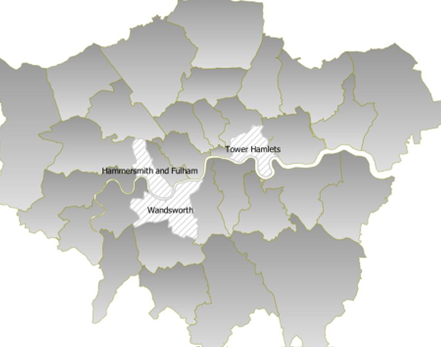
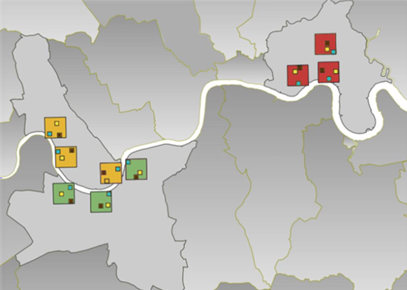
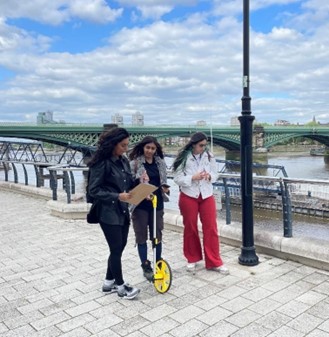
Key Findings
The research revealed several significant findings:
- Litter Density and Types: The study identified an average of 154 litter items per 100 meters in the surveyed areas, with the highest density found in Tower Hamlets. Cigarette litter was the most common type of waste, followed by plastic and glass fragments. These findings underscore the need for targeted interventions to address specific types of litter.
- Waste Management Challenges: The absence of recycling bins in all nine sampling areas and the prevalence of overflowing waste bins, particularly in Tower Hamlets, highlight significant gaps in waste management infrastructure. This inadequacy contributes to plastic leakage into waterways, exacerbated by clogged stormwater drains.
- Socio-Economic Factors: The study noted that socio-economic disparities among the boroughs might contribute to varying litter densities. Areas with higher deprivation levels tended to have more litter, suggesting that economic challenges may hinder effective waste management and environmental stewardship.
- Retail Practices: The research found that fewer than 10% of surveyed shops offered non-plastic alternatives to plastic water bottles, indicating limited access to sustainable options for consumers. This limitation emphasizes the need for collaboration between retailers and policymakers to enhance the availability of eco-friendly products.
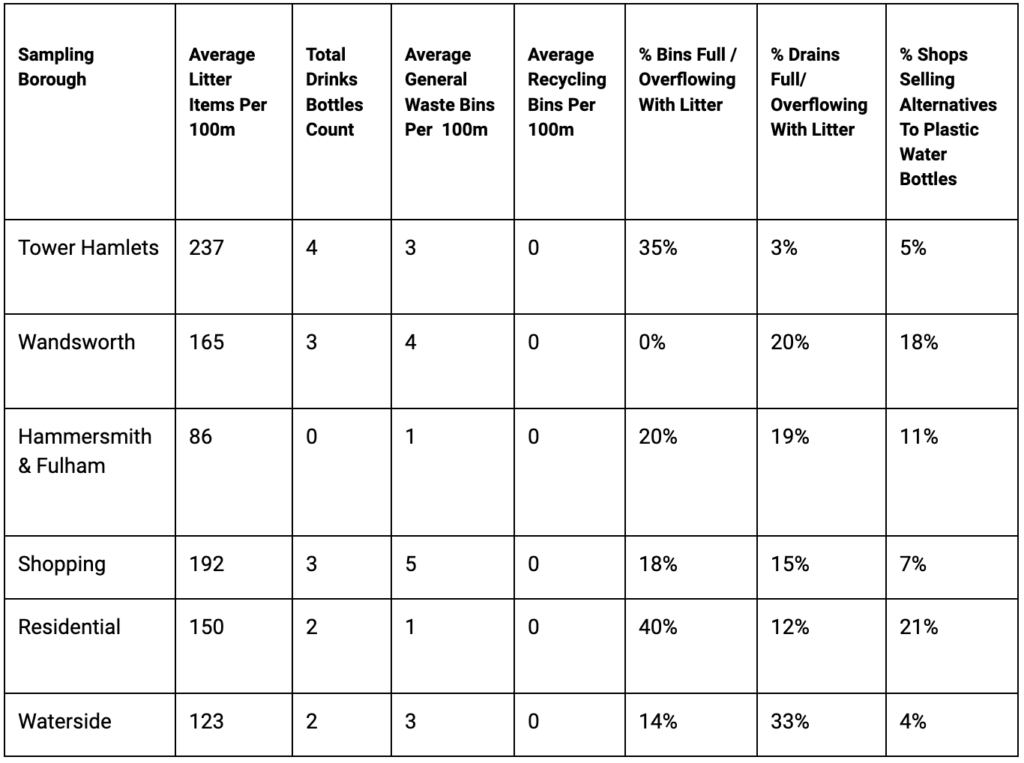
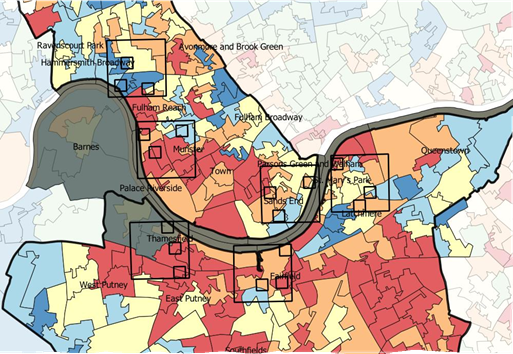
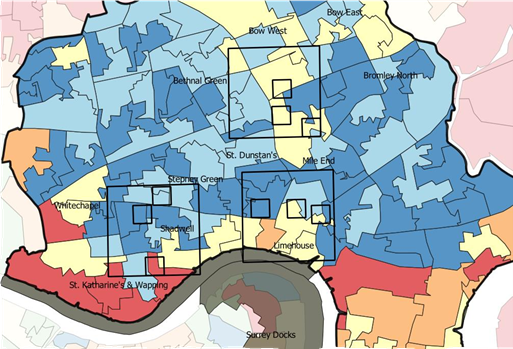
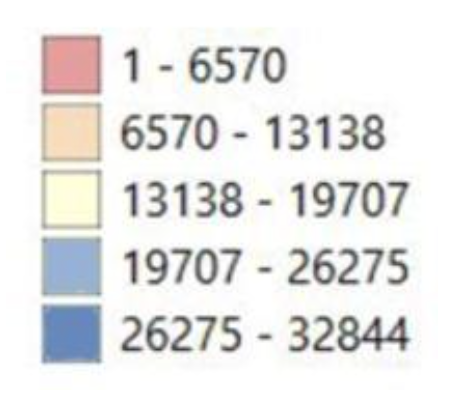
Spatial ranks within the study area were mapped using spatial joins, combining litter density counts with street connectivity measures, and then compared to the Index of Multiple Deprivation (IMD). The IMD ranks every small area in England from 1 (most deprived) to 32,844 (least deprived). A gradient was developed to highlight the spatial joins’ values. The IMD ranks for the three boroughs show high levels of deprivation, particularly in Tower Hamlets. This suggests that disparities in investment in waste-management systems, education, income levels, and employment opportunities may influence the availability, use, and disposal of plastic waste or alternatives.
Conclusions
This study highlights several strategic interventions that can mitigate the health impacts of plastic pollution and enhance urban well-being:
- Enhancing Waste Management Infrastructure: Improving waste management systems is a critical step in reducing plastic pollution. This includes increasing the number of waste and recycling bins in high-traffic areas, ensuring regular maintenance to prevent overflow, and implementing efficient waste collection and disposal practices. Investing in infrastructure not only reduces environmental contamination but also enhances the cleanliness and safety of urban environments.
- Promoting Sustainable Alternatives: Retailers, governments, and manufacturers must collaborate to increase the availability and affordability of sustainable alternatives to single-use plastics. Initiatives such as subsidies for eco-friendly products, public awareness campaigns, and incentives for retailers to stock non-plastic items can drive consumer behavior change and reduce reliance on plastic products.
- Engaging Communities and Stakeholders Effective plastic pollution mitigation requires active engagement with local communities and stakeholders. Educational programs can raise awareness about the impacts of plastic pollution and empower residents to participate in clean-up efforts and advocate for policy changes. Building partnerships with community organizations, local authorities, and businesses can foster a collective approach to addressing pollution challenges.
- Leveraging Technology and Innovation: Technological advancements offer new opportunities for monitoring and managing plastic pollution. Tools like the Marine Debris Tracker App, used in the ZSL study, can facilitate citizen science initiatives and provide valuable data on litter distribution and hotspots. Leveraging data analytics and mapping technologies can enhance understanding of pollution patterns and inform targeted interventions.
- Addressing Socio-Economic Disparities: Addressing the socio-economic factors that contribute to plastic pollution is essential for achieving lasting change. Policies that reduce economic inequality, improve access to resources, and support marginalized communities can mitigate the environmental health burdens associated with plastic pollution. Ensuring that all residents have access to sustainable products and waste management services is crucial for promoting equity and resilience.
This study provides critical insights into the complex relationship between plastic pollution, urban health, and well-being. By identifying key sources and pathways of plastic waste in London, the research underscores the urgent need for comprehensive interventions to address pollution challenges. By enhancing waste management infrastructure, promoting sustainable alternatives, engaging communities, leveraging technology, and addressing socio-economic disparities, cities can reduce the health impacts of plastic pollution and foster healthier, more resilient urban environments.
In conclusion, the research team conducted 27 x 100 m transects in three London boroughs (Tower Hamlets, Wandsworth, Hammersmith, and Fulham). Litter was recorded on every transect surveyed, with an average of 154 litter items recorded per 100 m. Out of the three boroughs surveyed, litter density was highest in Tower Hamlets, followed by Wandsworth, and then Hammersmith and Fulham. Secondary data analysis and surveys with local communities suggest this may be partly due to socio-economic variations between boroughs. Cigarette litter was the most common type of litter found across all London boroughs, followed by fragments of plastic and glass. Limited bin infrastructure was noted during data collection, with no recycling bins recorded in any of the nine sampling areas across all three boroughs. Nearly 20% of general waste bins recorded were either full or overflowing, which was particularly apparent in Tower Hamlets and in residential areas across all three boroughs. Nearly 50% of stormwater drains recorded during surveys were either half full or more with litter, highlighting the susceptibility of plastic leakage into river systems via storm drains and the need for increased cleaning of stormwater drains to improve their functionality. Shop count surveys revealed that less than 10% of shops surveyed sold non-plastic alternatives to plastic water bottles such as cartons, and cans.
These findings strongly support the need for improved management of single-use plastic items across London, including more investment into the quantity, access, and collection of recycling bins and increased resource and engagement around waste management within underserved communities. The findings also highlight the need for retailers, alternative suppliers, and the government to work together to improve access, supply, and affordability of alternatives to single-use plastic.
ZSL would like to thank the Port of London Authority (PLA) for the Environment Fund grant they issued between November 2021 and June 2022 in support of this project

